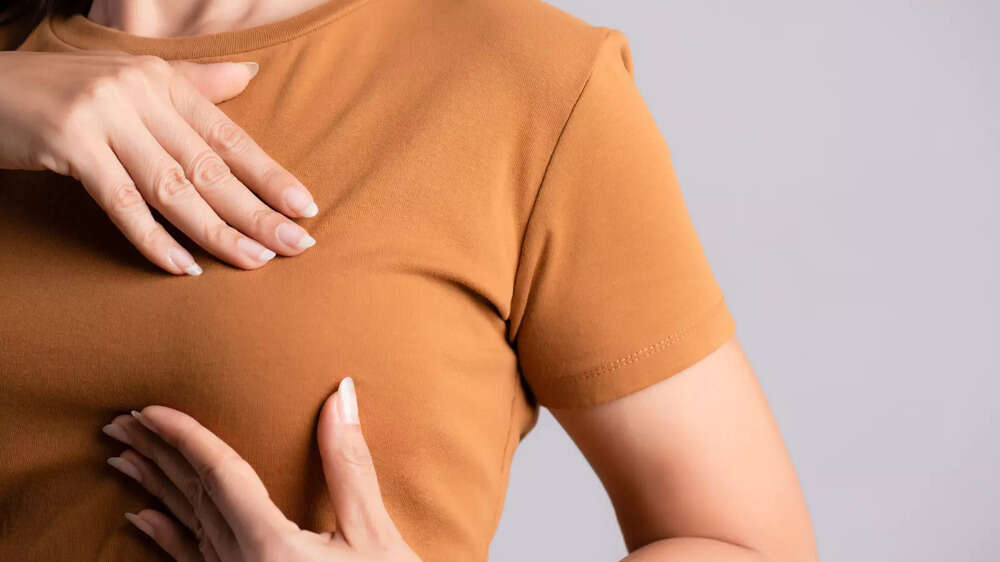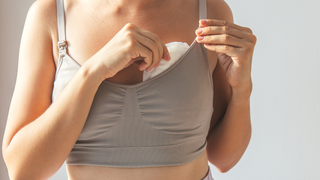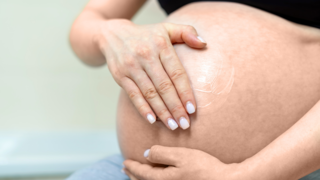In this article:
Understanding Why Cracked Nipples Happen
Cracks in nipples result from friction, dryness, or poor latching. Identifying the cause aids prevention and healing.Common causes include:
- Improper latch: When the baby doesn’t take enough of the areola into the mouth, it causes concentrated pressure on the nipple tip.
- Dry skin: Hormonal changes can make the skin more sensitive and prone to dryness.
- Overwashing: Cleaning too often with soap strips natural oils that keep the area supple.
- Incorrect feeding position: Holding the baby at an awkward angle can cause repeated friction and pulling.
- Blocked ducts or engorgement: Pressure build-up in the breasts can stretch and damage nipple skin.
What’s Normal Pain and What’s Not
It’s important to differentiate between mild, temporary soreness and pain that signals deeper issues.Normal sensations include:
- A gentle pulling or tugging feeling as the baby begins to suck.
- Slight tenderness during the first few days after birth.
- Temporary sensitivity that eases within a minute or two of feeding.
Not normal pain includes:
- Sharp or burning pain that continues throughout the feed.
- Cracked, bleeding, or blistered nipples.
- Pain that worsens with every feed instead of improving.
- Shooting pain in the breast after nursing (which may indicate an infection like mastitis).
Natural Ways to Soothe and Heal Cracked Nipples
Healing cracked nipples takes time and gentle care. Focus on keeping the skin moist, helping it heal, and reducing friction during feeds.1. Correct the latch:
The most effective way to stop cracks from worsening is to ensure a deep latch.
- Bring the baby close, tummy to tummy.
- Wait until they open their mouth wide, then guide them to take the nipple and a large part of the areola.
- The baby’s chin should touch the breast while the nose remains free.
- Rinse gently with warm water after each feed.
- Avoid harsh soaps or alcohol-based wipes.
- Pat dry softly with a clean cotton towel.
- A drop of expressed breast milk can naturally soothe and moisturise the nipples.
- Allow air-drying for a few minutes before covering again.
- Whenever possible, allow the nipples to remain exposed to air. It speeds up healing and prevents bacterial growth.
Your body needs extra hydration and nutrients while breastfeeding.
- Drink plenty of water throughout the day.
- Include vitamin E, C, and zinc-rich foods such as almonds, guava, and spinach to support skin repair.
Try side-lying or cradle positions to reduce pressure on the same area repeatedly. Changing angles helps prevent further irritation.
Preventing Cracked Nipples from Returning
Healing is only one step; prevention ensures comfort. Simple habits protect skin and foster a pain-free routine.1. Check the latch often:
Even if breastfeeding has been going smoothly, check regularly to ensure the baby’s latch remains comfortable and deep.
2. Feed on demand:
Avoid long gaps between feeds to prevent engorgement, which can stretch the nipple skin and make it more prone to cracks.
3. Keep breasts moisturised:
Natural oils like coconut or olive oil can help maintain softness. Always ensure cleanliness before feeding again.
4. Choose breathable clothing:
Cotton nursing bras allow airflow and prevent moisture build-up that could irritate sensitive skin.
5. Rest and manage stress:
Fatigue can slow healing and make pain feel worse. Rest as much as possible and seek help when needed.
When to Seek Medical Help
Sometimes, cracked nipples can lead to infections or indicate underlying issues that need professional care.Contact your healthcare provider if:
- You notice pus, swelling, or redness around the nipple.
- There’s persistent pain even after correcting the latch.
- You develop a fever or flu-like symptoms (possible signs of mastitis).
- The baby has white patches in the mouth, which might suggest thrush.
Pain from cracked nipples is common during breastfeeding, but you don’t have to put up with it. Knowing what’s normal, spotting early signs, and using gentle, natural remedies can really help. Remember:
- Mild tenderness is normal, but deep cracks or ongoing pain are not.
- Correct latching, natural moisturising, and consistent care promote healing.
- Seek timely help if the pain doesn’t subside.
Whether you’re pregnant, a new mom, or navigating postpartum, you don’t have to do it alone. Join our support group to connect, share, and support one another.
FAQs on How to Heal and Prevent Cracked Nipples During Breastfeeding Naturally
- Can I continue breastfeeding if my nipples are cracked?
Yes, in most cases, breastfeeding can continue while the nipples heal. The key is to ensure a proper latch and keep the area clean and moisturised. If the pain is unbearable, temporarily express milk to maintain supply while the skin heals. Consult a lactation specialist if pain persists. - How long do cracked nipples take to heal?
Mild cracks can heal within a few days with consistent care, while deeper cracks may take 1 to 2 weeks. Healing speed depends on how well the underlying cause, such as a poor latch or dryness, is corrected. Avoid rushing the process, and focus on gentle, regular care for lasting recovery.






